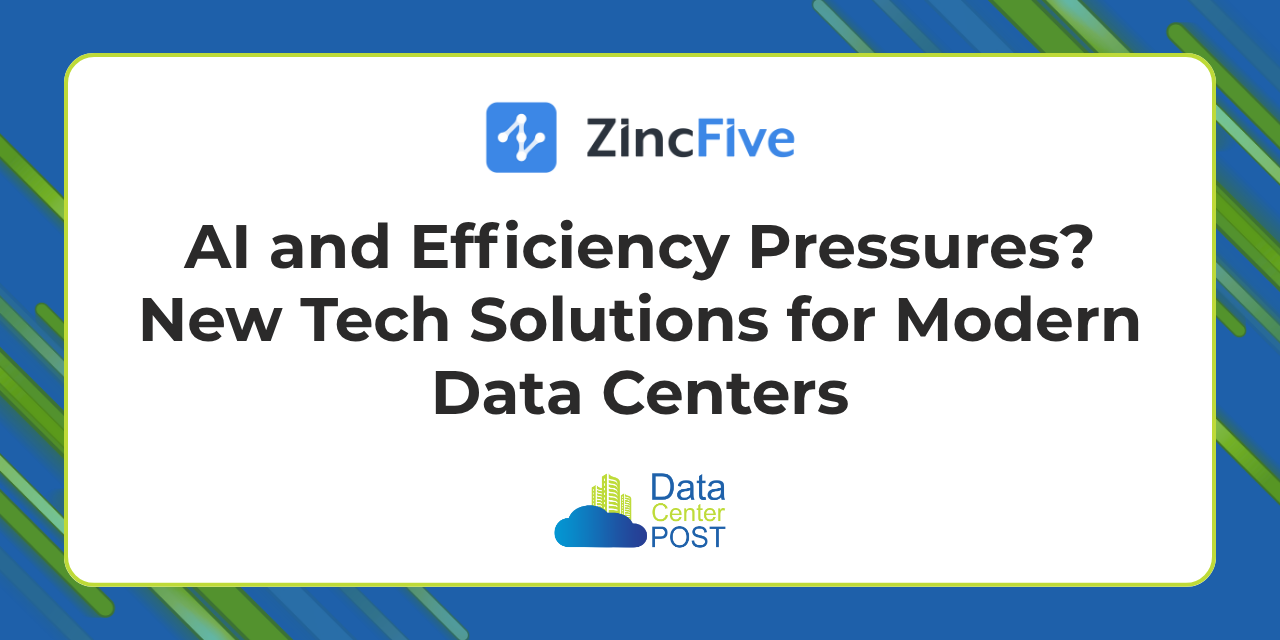Originally posted on RT Insights.
As AI continues to reshape data centers, market competition will intensify, driving up energy and resource costs. The demand for quieter, more energy-efficient, and sustainable facilities will only grow.
For data centers, the heat is on.
As the business world’s reliance on AI-driven applications skyrockets, data centers face increasing pressure to process unprecedented amounts of information while shrinking their carbon footprint. Data centers globally account for 1% to 2% of the world’s overall power consumption, but their energy needs will only continue to grow, experts say. Goldman Sachs predicts that by the end of the decade, the electricity requirements of data centers worldwide will reach 4%.
One reason for this is that for data centers to service the skyrocketing number of AI applications, they’re fitting larger clusters of high-performance GPUs into tighter spaces. Typically, this kind of compute power requires a lot of electricity while simultaneously generating large quantities of heat. As a result, cooling servers drives up the need for more electricity, and this has all led to a spike in operating costs.
Meanwhile, regulators across the globe have begun closely scrutinizing the environmental impacts of data centers, just as a number of communities around the world have begun to oppose data center construction. Opponents claim that the facilities and their prodigious water and power consumption can lead to higher fees for local ratepayers.
The good news is that in this challenging market, a wave of innovative technologies and processes has been developed to help data centers operate more efficiently, cost-effectively, and environmentally friendly.
To continue reading, please click here.


